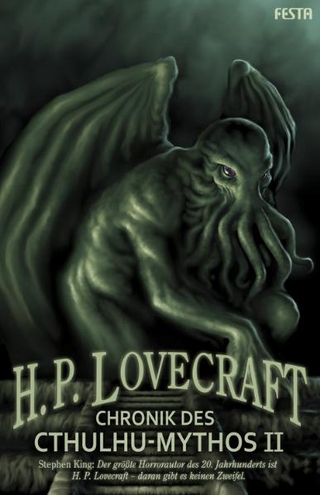
Cure
Seiten
2024
BFI Publishing (Verlag)
978-1-83902-594-5 (ISBN)
BFI Publishing (Verlag)
978-1-83902-594-5 (ISBN)
Kiyoshi Kurosawa’s 1997 psychological horror, Cure, follows a detective (played by Koji Yakusho) as he investigates a string of gruesome murders in Tokyo, where each victim has an ‘X’ carved into their neck.
Dominic Lash provides an in-depth analysis of Cure's themes, generic conventions, cinematography, editing, mise-en-scène, sound, and legacy. In examining the film's aesthetics he highlights the unique way in which it balances meticulous precision with a persistent and purposeful ambiguity. Lash goes on to situate Cure within its various contexts; firstly, as Kurosawa's 'breakthrough' film following a decade of mostly straight-to-video work and then its position in relation to the J-Horror boom of the late 1990s and early 2000s.
Through a close reading of Cure's key scenes, particularly its final scene, Lash analyses the motivations behind Kurosawa's resistance to a definitive resolution. He argues that, just like its hypnotist antagonist, Mamiya, Cure unsettles some of our basic psychological assumptions. In doing so, he attempts to understand what it is about the film that lingers so disturbingly, long after the credits have rolled.
Dominic Lash provides an in-depth analysis of Cure's themes, generic conventions, cinematography, editing, mise-en-scène, sound, and legacy. In examining the film's aesthetics he highlights the unique way in which it balances meticulous precision with a persistent and purposeful ambiguity. Lash goes on to situate Cure within its various contexts; firstly, as Kurosawa's 'breakthrough' film following a decade of mostly straight-to-video work and then its position in relation to the J-Horror boom of the late 1990s and early 2000s.
Through a close reading of Cure's key scenes, particularly its final scene, Lash analyses the motivations behind Kurosawa's resistance to a definitive resolution. He argues that, just like its hypnotist antagonist, Mamiya, Cure unsettles some of our basic psychological assumptions. In doing so, he attempts to understand what it is about the film that lingers so disturbingly, long after the credits have rolled.
Dominic Lash is Postdoctoral Affiliate at the University of Cambridge, UK. He is the author of The Cinema of Disorientation: Inviting Confusions (2020) and Robert Pippin and Film: Politics, Psychology, and Ethics after Modernism (Bloomsbury Academic, 2022). His work has been published in journals such as Screen, Cinergie and Movie.
Acknowledgements
1. Openings and origins
2. Repetitions and compulsions
3. Motives for action
4. Men, women, and monkeys
5. Memories and aftermaths
Notes
Credits
| Erscheinungsdatum | 24.09.2024 |
|---|---|
| Reihe/Serie | BFI Film Classics |
| Zusatzinfo | 60 colour illus |
| Sprache | englisch |
| Maße | 135 x 190 mm |
| Themenwelt | Literatur ► Krimi / Thriller / Horror ► Horror |
| Kunst / Musik / Theater ► Film / TV | |
| Sozialwissenschaften ► Kommunikation / Medien ► Medienwissenschaft | |
| ISBN-10 | 1-83902-594-8 / 1839025948 |
| ISBN-13 | 978-1-83902-594-5 / 9781839025945 |
| Zustand | Neuware |
| Informationen gemäß Produktsicherheitsverordnung (GPSR) | |
| Haben Sie eine Frage zum Produkt? |
Mehr entdecken
aus dem Bereich
aus dem Bereich
Thriller
Buch | Softcover (2024)
Festa Verlag
CHF 23,75


